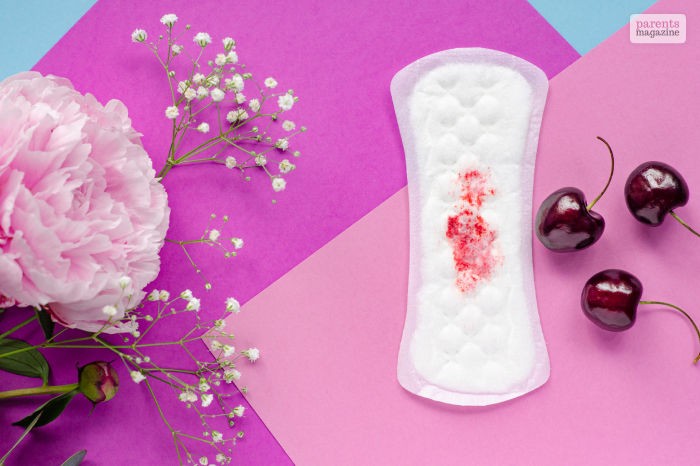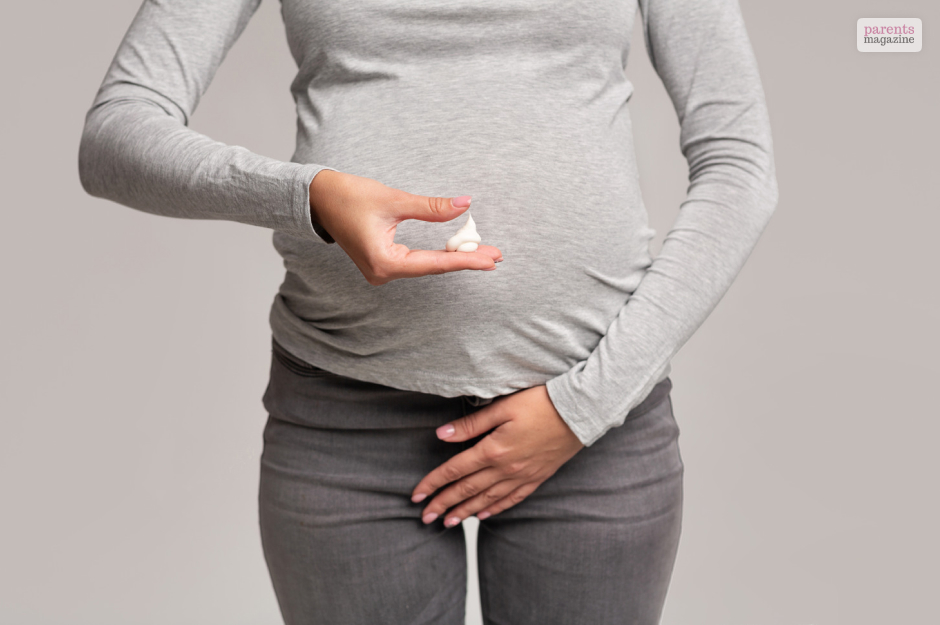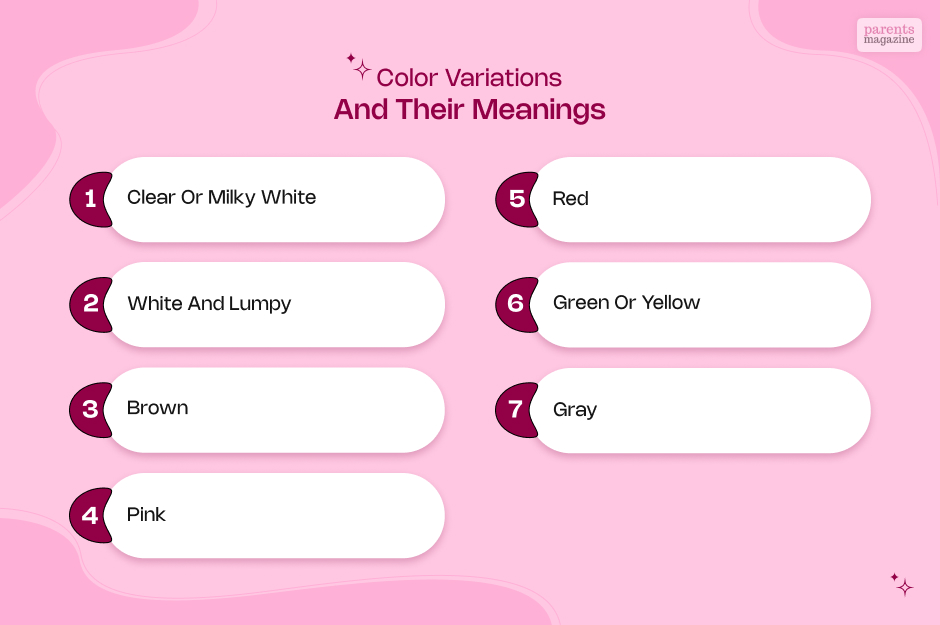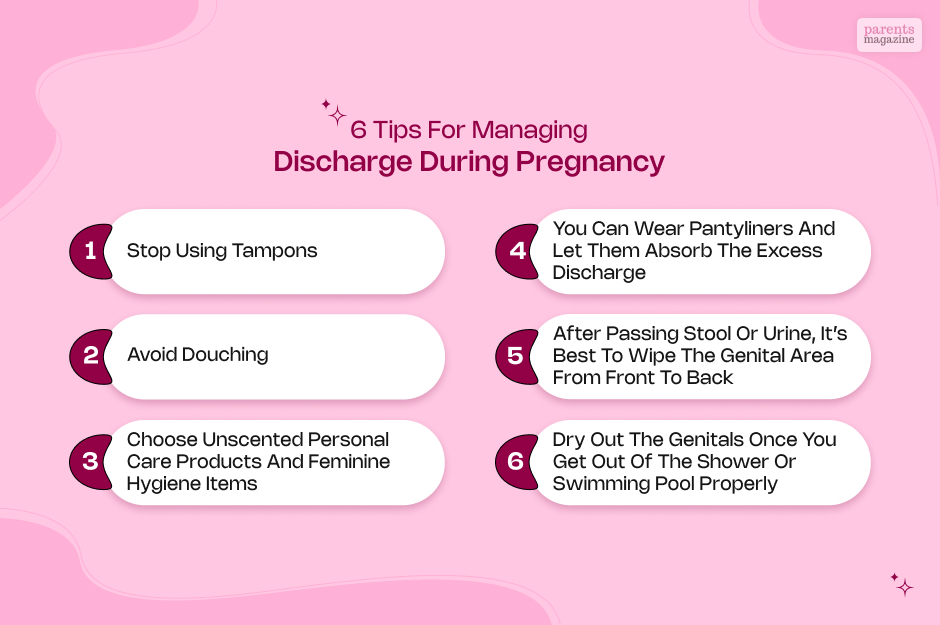
1 Week Pregnancy Discharge: What Color is Your Discharge When You Are Pregnant
What does 1 week of pregnancy discharge look like? The discharge during the early periods of pregnancy looks transparent. But it can also vary in color. Usually, it’s supposed to look transparent and straightforward. You may also see them in red, pink, brown, and yellow colors.
The increase in discharge and its colors indicate different states of your pregnancy’s health. Read this article to learn more about discharge during early pregnancy.
1 Week Pregnancy Discharge

During the early phase of pregnancy, it’s common for a woman’s body to start producing discharge at an increased level. It happens due to the constant change in their hormonal level. The level of estrogen increases during the early weeks of pregnancy.
This leads their body to produce more discharge than when they aren’t pregnant. Increased blood flow to the uterus and the vagina is responsible for this discharge.
The increased discharge level helps protect the fetus by stopping potential bacteria and infections from reaching the uterus.
As the pregnancy goes through its subsequent stages, it’s common for women to experience more discharge.
What’s the color of a 1-week pregnancy discharge? The discharge during pregnancy has a name it’s called leukorrhea. It’s the same as the everyday discharge and is supposed to be thin, transparent, or milky white in color. It can have a mild smell or no smell at all.
Difference Between Normal Vaginal Discharge and Pregnancy Discharge
If you are actually wondering whether you are pregnant or are pregnant and are worried about the type of discharge, let me tell you the basic difference. It is the amount of discharge that defines the two discharges.
You will have always had more discharge when you are pregnant while the normal vaginal discharge varies and changes across your menstrual cycle. The normal vaginal discharge is mostly white, thin, and clear with a mild odor while the pregnancy discharge is thick along with a consistency of pink mucus.
The pink mucus is something that mostly appears at the end of the pregnancy, basically, you are preparing for labor. Your discharge might also be milky when you are pregnant.
Color Variations and Their Meanings

Vaginal Discharge may differ from one stage to another during pregnancy. The change in their color, consistency, and discharge frequency suggest different conditions of your health during pregnancy.
Even if it’s the 1st week of pregnancy, it’s important to prepare yourself for several colors of discharges you will experience. There are more people who will follow that.
1. Clear or Milky White
How it looks: This color of discharge suggests leukorrhea. This is a normal and healthy discharge earlier during pregnancy. It has a mild smell when it’s healthy. However, abnormal leukorrhea can also happen due to yeast or bacterial infections.
When to Seek Help: if you are pregnant but not yet at full term, it’s important to seek medical help after facing an increased frequency of discharge. Clear discharge that leaks continuously or becomes jelly-like and thick must be examined. Such changes in 1-week pregnancy discharge may suggest preterm labor.
2. White and Lumpy
How it looks like Vaginal discharge that looks lumpy and white or has an off-white color can indicate a yeast infection. The color may also resemble that of cottage cheese.
When to Seek Help: It’s common to have yeast infections, and, the body might be susceptible to these infections during pregnancy. There are other symptoms, which also include burning and itching, making it painful to urinate or have intercourse. In most cases, antifungal medicines can help treat these infections.
3. Brown
How it looks like: Here’s another 1-week pregnancy discharge color that shouldn’t be alarming. During the early phase of pregnancy, a brown discharge is quite common and isn’t unusual at all. In the later phase of pregnancy, brown discharge can suggest that you are about to have labor soon.
When to Seek Help: Although very common, it’s best to consult with your doctor during any stage of pregnancy when you experience brown, pink, or bloody discharge.
4. Pink
How it looks like: It depends on the stage of pregnancy to determine whether the pink discharge is good or carries any negative signs. It looks slightly pink or has a pink hue, and the color might be visible in the early weeks or during the later phases before labor begins.
When to Seek Help: It can happen due to implantation bleeding that starts around 12 days after conception. This type of bleeding isn’t something in most cases. However, pink discharge also comes out during ectopic pregnancy or miscarriage.
5. Red
How it looks: The discharge color appears red, has clotted, and comes with cramping and abdominal pain.
When to Seek Help: These symptoms are suggestive of ectopic pregnancy or miscarriage. As per data, 10% to 15% of pregnancies end up in miscarriage or loss of babies. But it doesn’t always have to be concerning and require medical attention. During the first trimester, when it results from implantation or infections, it’s usually less serious. But, do seek help to learn whether it’s a sign of miscarriage.
- Urgency medical attention is required for red discharge.
- Potential implications (miscarriage, ectopic pregnancy) 34.
6. Green or Yellow
How it looks like: This discharge appears to be greenish and yellow. It’s a discharge suggestive of sexually transmitted diseases like chlamydia. Other symptoms it accompanies include irritation and redness of the genitals.
When to Seek Help: Having an STI can affect both the mother and the baby during pregnancy. STI complications appearing years after childbirth can affect the woman’s fertility and cause other developmental problems in a child.
7. Gray
How it looks like Gray Vaginal discharge is associated with a vaginal infection named Bacterial Vaginosis. Especially when it has a smell that’s fishy and becomes stronger after intercourse.
When to Seek Help: a gray discharge shouldn’t be alarming. But, Bacterial Vaginosis is usually possible due to having multiple sexual partners. Seek help if it feels extremely itchy and find medical help for those conditions.
Facts & Myths About Discharge During Pregnancy

There are several misconceptions about 1-week pregnancy discharge during pregnancy. Most of those concepts aren’t scientifically proven. We have debunked most of these myths below –
Myth: Increased Discharge is Unhealthy
On the contrary, having frequent and increased levels of discharges can be healthy for your body because it cleans and flushes out the vagina. Vaginal discharges are related to your hormone levels.
During changes like pregnancy or ovulation, the changes in hormonal levels also increase discharge, thereby helping the body. But remember that the discharge should look milky white or clear in color. It should also have egg-white consistency as a sign of healthy discharge.
Fact: Increased Vaginal Discharge
Even before noticing a late period, there’s a chance for some women to experience increased levels of discharge. This happens when a fertilized embryo gets implanted into the uterine wall. It allows your body to boost the amount of discharge produced.
Fact: Discharge continues after childbirth
Keep in mind that vaginal discharge is normal and completely healthy for your body. Even after you give birth, your body may keep releasing the white discharge. But, it will also eventually come to a normal state on its own. However, during childbirth, women may have to experience this for almost a year. Under such conditions, you may want to keep yourself dry by wearing panty liners.
Myth: Discharge is a pregnancy discomfort
Another myth is that discharges during pregnancy are just another set of pregnancy discomforts. Yes, there are several discomforts associated with pregnancy. But discharges aren’t one of them.
Fact: Bloody Discharge by the End of Pregnancy is a Sign of Labor
Here’s another factor that lets you know that the due date is just around the corner. It happens a few days before you go into labor. You will pass the mucous plug.
It looks like a thick and gelatinous discharge. It has a color that is tinged pink with blood. This is the protective seal that was built during the first trimester of your pregnancy. The release of the mucous plug suggests that you are ready for labor.
Tips for Managing Discharge During Pregnancy

How do you manage discharge during pregnancy 1st week? Most importantly, what are the best ways to maintain vaginal health during the early first weeks of pregnancy? Here are a few tips to help –
- Stop using tampons.
- Avoid douching.
- Choose unscented personal care products and feminine hygiene items. This must also include unscented toilet soap and paper.
- You can wear pantyliners and let them absorb the excess discharge.
- After passing stool or urine, it’s best to wipe the genital area from front to back, which also helps.
- Dry out the genitals once you get out of the shower or swimming pool properly.
Conclusion
Remember, it’s not an alarming sign of some sort to see discharge during pregnancy. Nevertheless, it’s also important to take note of other alarming symptoms that often accompany during pregnancy. It’s important to know what certain pregnancy signs mean to know if you have to seek medical attention.
Hopefully, this article was helpful. If you have any further queries, let us know through the comment section. Thank you for reading.
You May Like To Read:
Already have an account?
Sign In
Create your account
User added successfully. Log in






